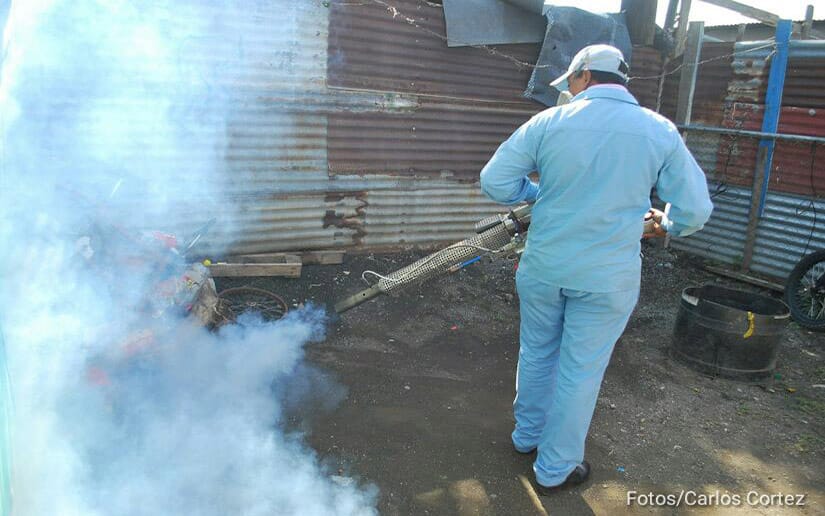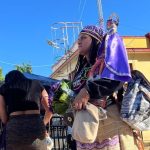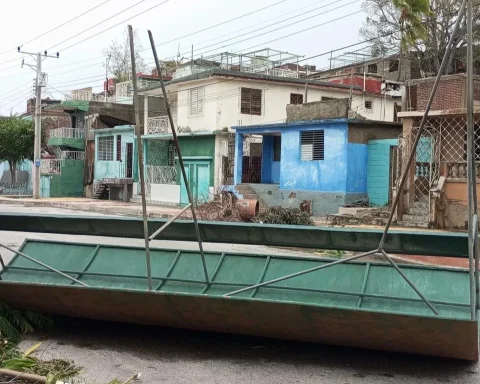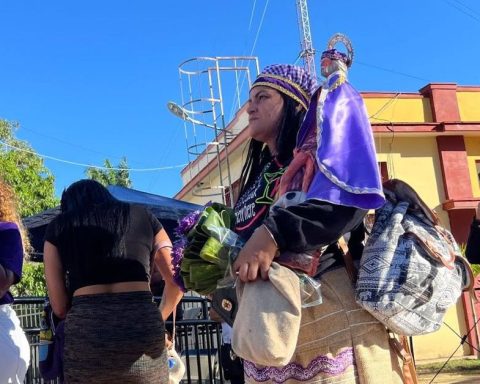In mid-October, the four members of the “Suárez” family, originally from Managua, fell ill with dengue. The first to become infected was a 16-year-old teenager. Her symptoms worsened so much that she had to be hospitalized for five days at the Fernando Vélez Paiz Hospital.
A few days later, his mother, his sister and his grandmother got sick. But in them the dengue fever was milder, so they did not require hospitalization. In Nicaragua, the cases of this epidemic have increased since June. According to data from the Ministry of Health (Minsa), reported to the Pan American Health Organization (PAHO), as of November 14, 2022, they have identified 79,715 suspected cases of dengue.
This figure doubles the 36,741 suspected cases that were identified in 2021 and is higher than the 53,953 reported in 2020. The months in which the highest epidemic peaks are reported this year are: August with 16,203 infections, September with 12,137 and October with 13,623.
In November they already accumulate some 8879 new cases. Nevertheless, Health authorities do not report on the dengue outbreak. Nationwide, the latest weekly epidemiological bulletin, detailing the number of suspected and confirmed cases, was published through the week of October 11-18. Until then, the Minsa had identified 66,154 suspected infections and 2,621 confirmed ones.
Since then, they have not published the bulletins again and the vice president, state spokesperson and first lady, Rosario Murillo, who usually reads a brief epidemiological report every Monday, did not reveal the numbers of the infections again. ANDIn their interventions, they only emphasize that they are fighting against dengue through fumigation.
The Minsa’s response to this outbreak focuses on fumigation and abatement days in the neighborhoods. Likewise, they have implemented radio cartoons in the official media on ways to prevent the disease.
mild to severe dengue
Dengue infections occur through the bite of an infected mosquito. The contagion causes from a mild fever to an incapacitatingheadache, pain behind the eyes, in the muscles and joints, rash.
In more serious cases, it causes difficulty breathing and damage to the organs, details the PAHO. In Nicaragua, 30 infections of this type have been reported19 of these in Managua, three in Chinandega, two in Granada and one in Masaya, Nueva Segovia, Madriz, León, Estelí and Boaco, respectively.
According to the Health Map, dengue fever is one of the 15 causes of hospitalization in the country. In 2019, when the country faced the highest epidemic peak in the last 20 years, there were 32,598 hospital discharges; in 2020, when the epidemic passed the outbreak, there were 6,823. There are no reports for 2021.
In 2022, the Minsa admitted that only in the first semester there were 2624 hospital discharges due to dengue. It is unknown how many more were added in the months of greatest contagion.
Epidemiologist Leonel Argüello points out that in the case of dengue the authorities and citizens must act in advance of outbreakswhich usually occur in the rainy months.
“There are millions of córdobas that are spent and a good part is lost, because we were not able to modify the seasonal behavior or our habits and action is almost always late, without preparing beforehand when the rains come and the increase in mosquitoes”, he explains.
It also recommends to the population eliminate mosquito breeding sites, eliminating garbage, containers that contain any liquid, changing the water in vases, keeping containers where water is stored closed. “A soda cap, a crumpled bag, or a hole in a tree are some examples of potential mosquito breeding sites,” he says.
Managua harbors the greatest contagion
The five departments that host the highest number of dengue infections nationwide are Managua with 16,490 suspected cases, León with 9,705Granada with 7,012, Masaya with 6,740 and Chinandega with 6,510.
Likewise, 4,547 cases are reported in Matagalpa, 4,535 in Rivas, 3,811 in Rivas, 2,808 in Bilwi, 2,758 in Nueva Segovia, 2,704 in Carazo and 2,428 in Estelí.
Of the continent, Nicaragua is the country with the highest rate of dengue infections. According to PAHO data analyzed by CONFIDENTIAL, for every 10,000 inhabitants there is a rate of 118 cases. The country that has such a high rate is Brazil, with 101 infections for the same number of population.
Of American Center, The second country with the most cases is El Salvador with 15,940 cases and a contagion rate per 10,000 inhabitants of 24. It is followed by Honduras with 22,528 cases, Panama with 9,940, Guatemala with 6,970, Costa Rica with 6,311 and Belize with 207.


















